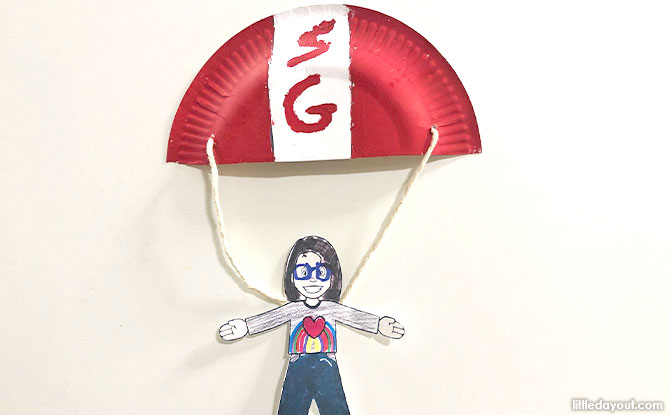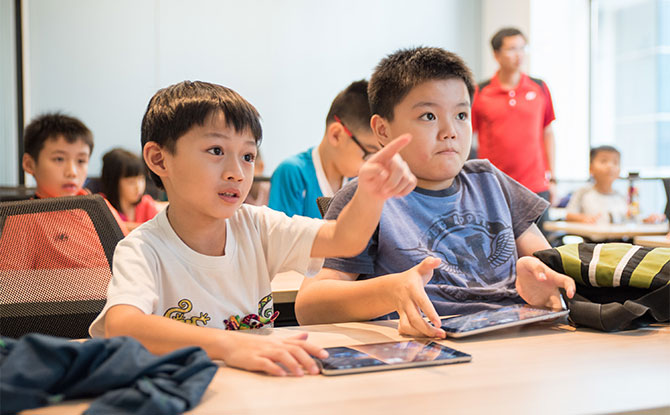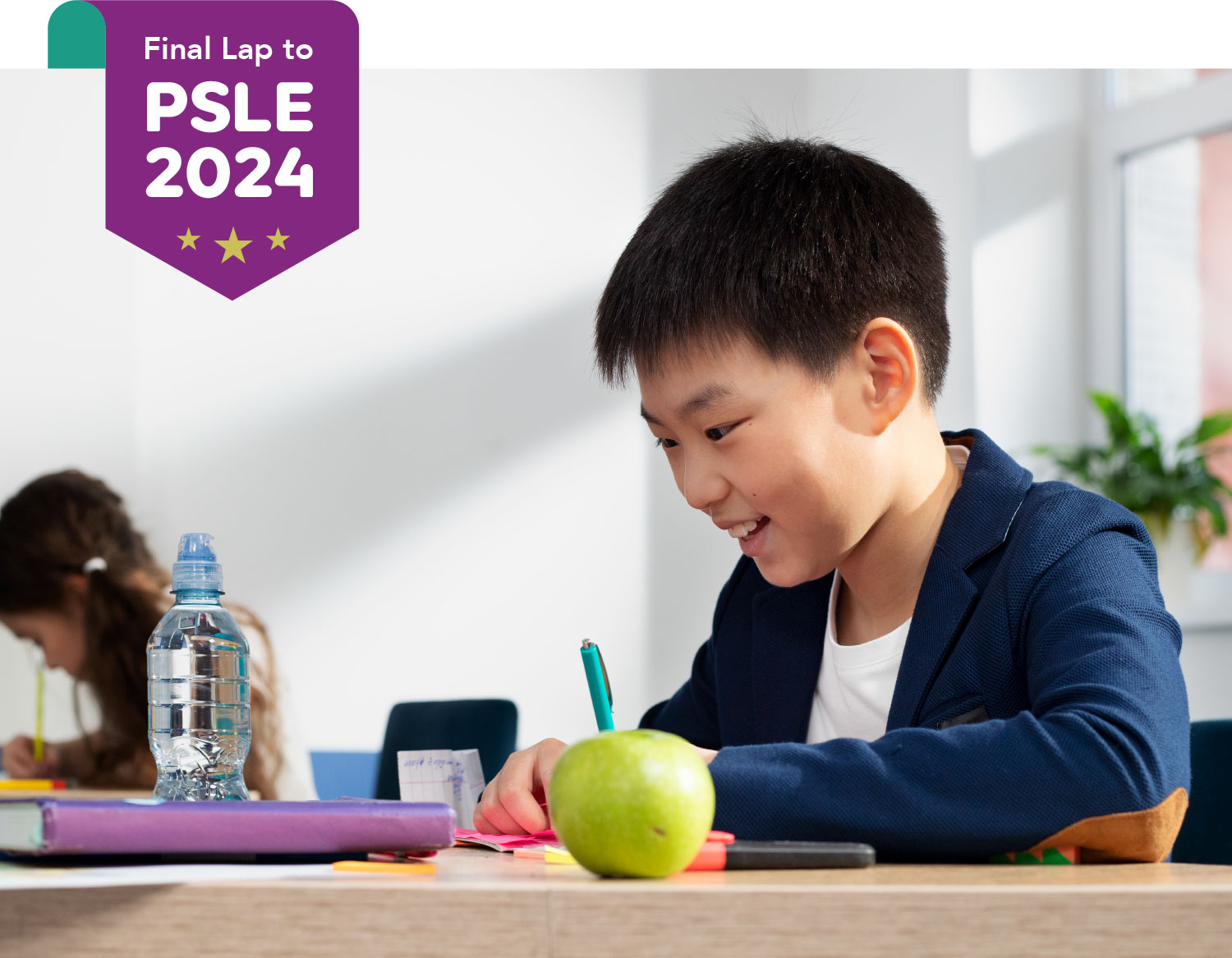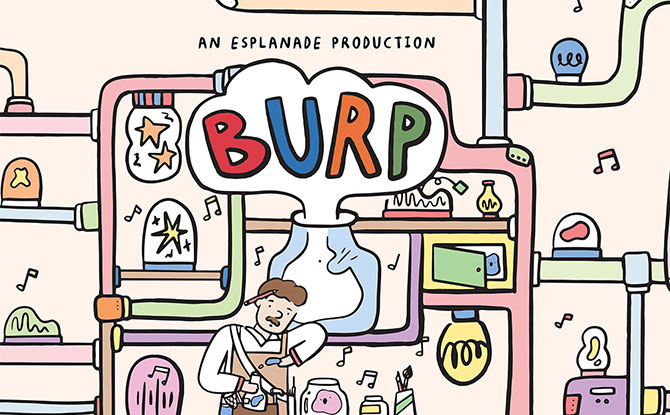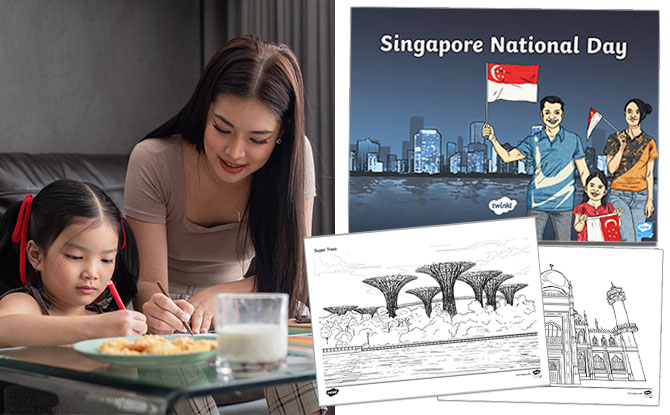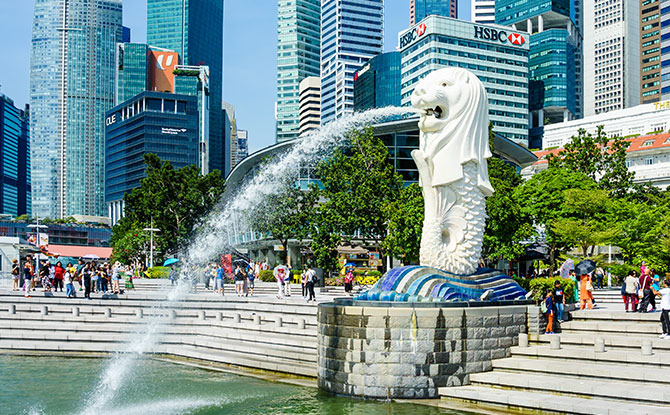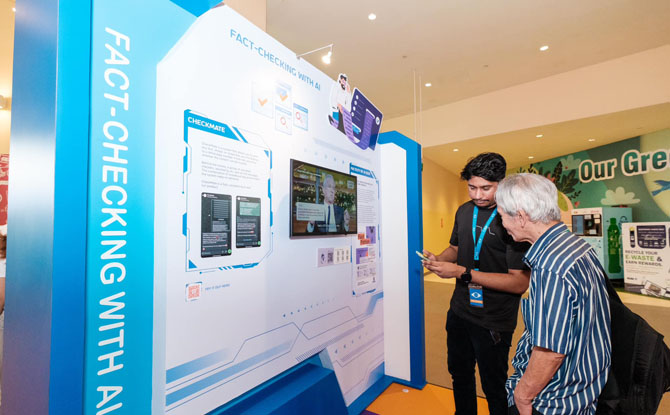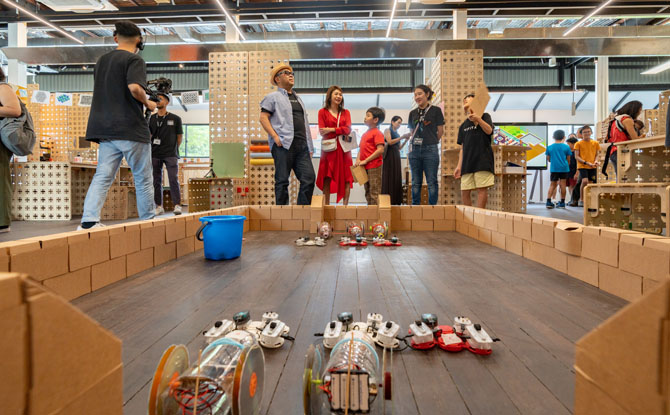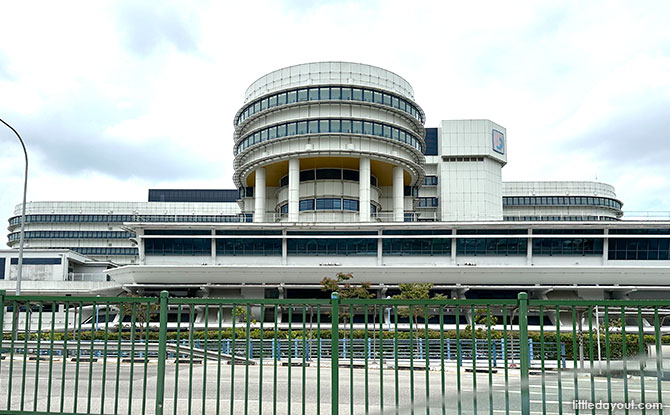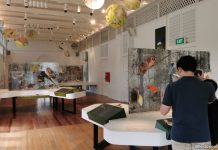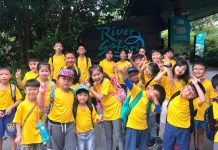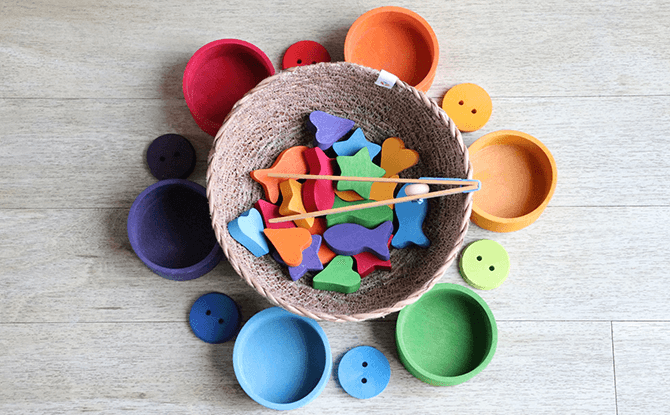
You have probably heard of at least one of the early childhood philosophies – Montessori, Reggio Emilia and Waldorf. You might see different preschools embracing certain aspects of the different schools of thought. Understanding them better would help in selecting a preschool that practises what your preference is. Let’s find out more.
The Montessori Approach
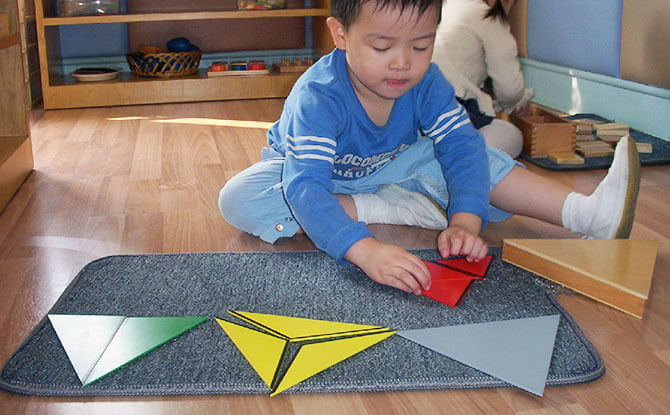 The Montessori approach is probably the most known and embraced in Singapore’s early childhood scene. Not all schools use the approach in the same depth nor practise it the exact same manner.
The Montessori approach is probably the most known and embraced in Singapore’s early childhood scene. Not all schools use the approach in the same depth nor practise it the exact same manner.
This approach was founded in Italy by a physician – Maria Montessori who believed in the “whole child” approach and that independent learning was the aim of education, while teachers help to observe and direct the child’s learning.
Quality Montessori manipulatives or materials are often self-correcting. Usually made of natural materials, the child uses the materials to learn the correct order, shape or practise life skills such as pouring, scooping and pounding. Each child learns at his or her own pace and chooses the material.
BE PSLE-READY: Join Expert Educators for Revision Boosters to Empower P6 Students
BURP: Join the Sound Collector on a Whimsical Chase at Esplanade – Theatres on the Bay
WEEKEND IDEAS: Get Inspirational Ideas of Things to Do
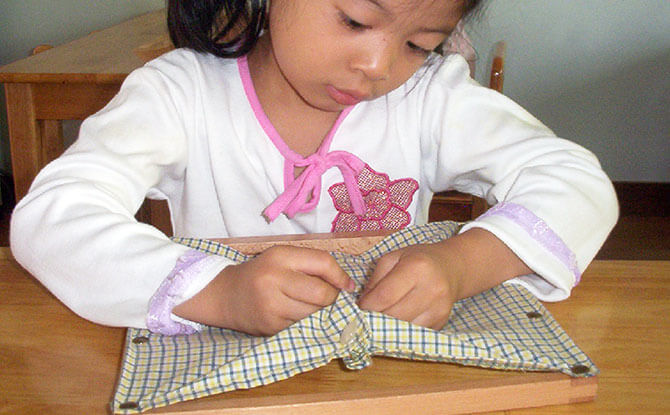 From tying of shoelaces, using chopsticks to pouring visitors’ drinks and using of sensory materials to teach literacy skills, a typical Montessori preschool encourages learning in a holistic approach. Often times, the practising of skills is through the use of household objects that may be fragile. Teachers encourage the child’s independence by not intervening but gently asking questions when there are hiccups encountered.
From tying of shoelaces, using chopsticks to pouring visitors’ drinks and using of sensory materials to teach literacy skills, a typical Montessori preschool encourages learning in a holistic approach. Often times, the practising of skills is through the use of household objects that may be fragile. Teachers encourage the child’s independence by not intervening but gently asking questions when there are hiccups encountered.
Skills Emphasised in a Montessori School:
- Independence
- Individual competencies
- Observation
- Leadership
The Reggio Emilia Approach
Reggio Emilia also has its roots in Italy where a teacher Louis Malaguzzi collaborated with parents in the city of Reggio Emilia to develop a preschool system which involves parents intimately. The system would result in responsible, respectful citizens and enrich the lives of the children born during the war.

Similar to Montessori classrooms, Reggio classroom environments are open, typically full of natural lighting and has a “piazza”, a common space where artwork and child-led projects are displayed. There is a strong emphasis on art as well as a “project approach”. You might hear terms such as “project approach”, “emergent curriculum” and “child-led” in local preschools as these are derived from the Reggio philosophy.
According to the Reggio philosophy, children, parents and teachers are partners in learning. Hence there is emphasis on idea sharing amongst teachers, parents as well as children. Children decide on what they want to learn, take on projects that go into great depth with teachers and parents facilitating and supporting the learning.
The environment in the Reggio preschool is also considered the “third teacher”. While there are fewer preschools in Singapore strictly practising Reggio Emilia, most adapt the principles in the classrooms.
Teachers often do a lot of documentation through observing and penning down what the child says or do, including non-verbal actions like emotions and expressions. Parents are also encouraged to be present in many school activities and support their child in learning.
Skills Emphasised in a Reggio Emilia School:
- Creativity
- Curiosity
- Collaboration
- Exploratory and investigative
The Waldorf Approach
Rudolf Steiner was an Austrian Philosopher who, like Maria Montessori, believed in the “whole child” approach of learning and that cognitive, spiritual, emotional, social and behavioral needs were all interlinked.
Children in a Waldorf preschool are exposed to practical, hands-on activities and creative play. Many activities are held outdoors or in minimalist, low-tech classrooms. Materials used are made with wood or other natural sources.
Skills Emphasised in a Waldorf School:
- Creative development
- Physical growth
- Imagination
- Sense of individuality
Key Differences and Similarities between Montessori, Reggio-Emilia, Waldorf Approaches to Early Childhood Education
The three approaches are similar in many ways, in the emphasis of quality materials and child-led learning. It is often not easy to execute such approaches as highly-trained and experienced teachers need to execute the pedagogies accordingly. In addition, the child’s ability to decide and determine the materials takes precedence over a set curriculum.
In all three approaches, the child is encouraged to be the seeker of knowledge.
The Reggio and Waldorf approaches emphasise collaborative learning while the Montessori approach tends to encourage more independent learning. That said, it is not uncommon for preschools to use various methods from different pedagogies and it is rare to find preschools that are purist in their approaches.
Our tip for those looking for a preschool for their child is to visit each preschool to learn about their approaches. Each school and environment can execute the pedagogies very differently, even though they may embrace the same approach.
With a preference in mind, it is always good to see what kind of environment best suits your child. Speak to the principal, teachers and parents of alumni to get a more complete picture of what the preschool is like. Finally, even if the school does not practise certain approaches in your desired way, you could always design the home environment for home-learning with your child.




